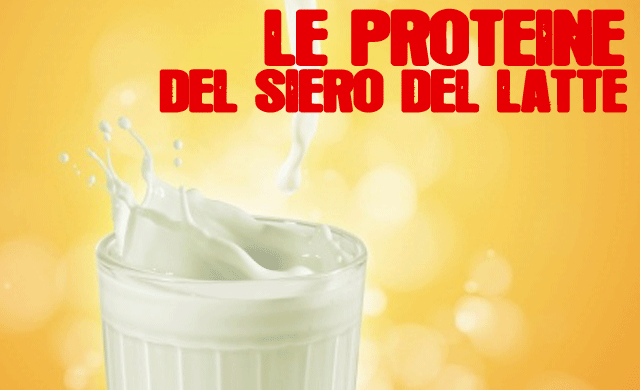| VITAMINS |
FUNCTION |
DEFICIENCY |
SOURCE |
| Vitamin A |
| functionality of the view |
|
visual disturbances, blindness, keratinization of epithelia |
| milk and dairy products, liver, oil cod liver |
|
| Vitamin B1 |
energy metabolism |
| Beri Beri, alterations in carbohydrate metabolism |
|
| cereals, legumes, fruits, liver, egg, milk and dairy products |
|
| Vitamin B2 |
| oxidation-reduction reactions |
|
rare |
and derivatives |
| Vitamin B3 (niacin) |
| oxidation-reduction reactions |
|
| pellagra (3D = dermatitis, diarrhea, dementia) |
|
meat, fish, cereal flour |
Vitamin B5
(pantotenic acid) |
| metabolism of carbohydrates, fats and proteins |
|
rare |
| high content in broccoli, egg and yeast |
|
| Vitamin B6 (piridossin) |
| synthesis of neurotransmitters, tryptophan metabolism, lipid metabolism |
|
cramps in arms and legs, poor learning ability, visual disturbance |
| cereals, , legumes, meat, fish, eggs, milk, brewer’s yeast |
|
| Vitamin B8 (biotin) |
| protein metabolism, lipid and carbohydrate synthesis processes |
|
rare |
| vegetables, whole grains, yeast, liver, nuts, egg yolk, soy flour |
|
| Vitamin B9 |
synthesis, repair and methylation of DNA, amino acid metabolism |
| anemia, leukopenia, stomatitis, nervous disorders |
|
dark green leafy vegetables, cereals, liver, legumes, egg yolk, nuts |
| Vitamin B12 |
replication and for cell growth |
|
meat, fish, dairy, eggs |
| Vitamin C |
collagen synthesis, antioxidant activity, iron metabolism |
|
especially citrus |
| Vitamin D |
absorption of calcium and phosphorus in the intestine, regulation of calcium levels, mineralization of the skeleton |
decreased levels of calcium and phosphorus, rickets, muscle weakness and bone demineralization |
| fatty fish, egg yolk, milk |
|
| Vitamin E |
antioxidant activity, cell integrity |
hematological and neurological damage |
| olive oil, nuts, green leafy vegetables, green leafty |
|
| Vitamin K |
processes of blood clotting |
hemorrhagic syndrome |
milk and dairy products |


 Italiano
Italiano  English
English 

